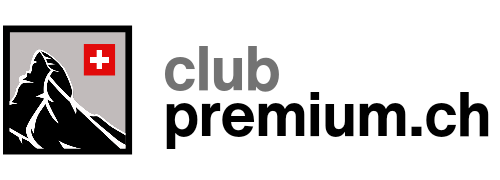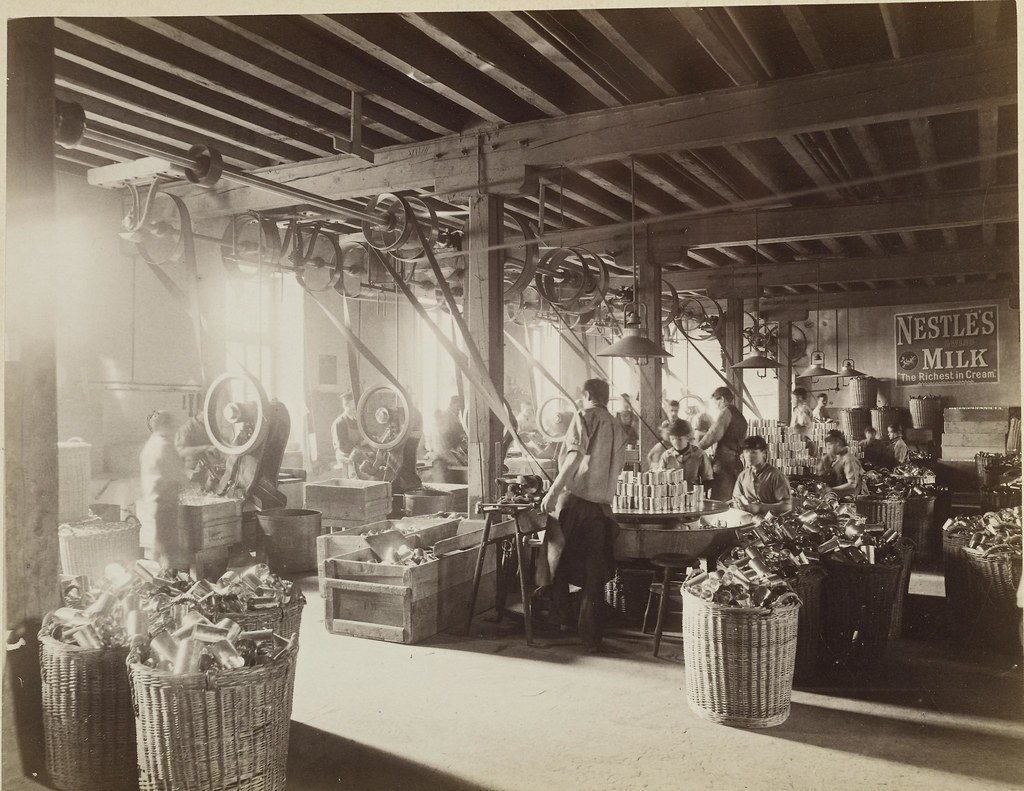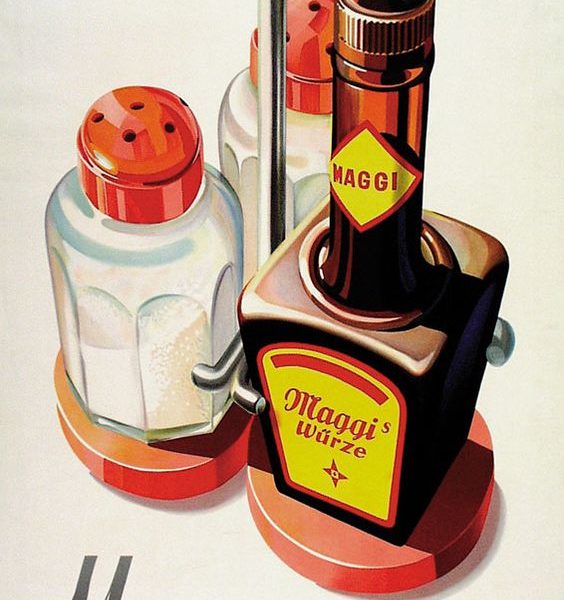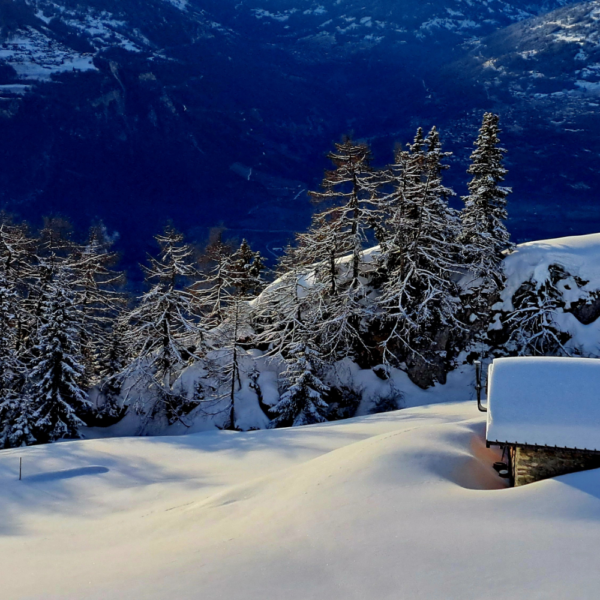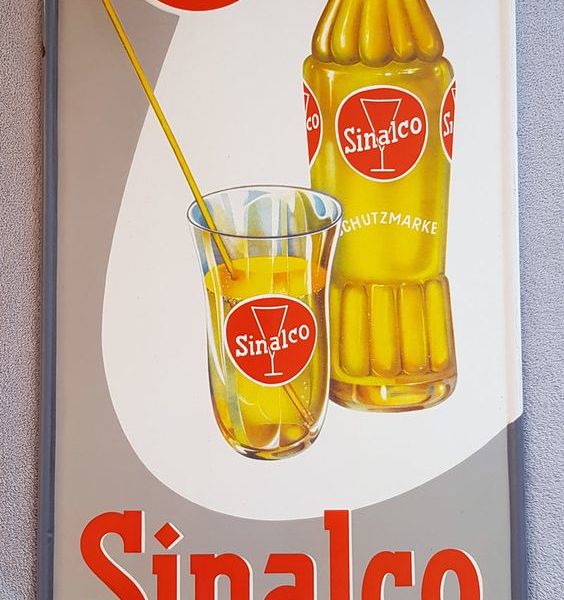Nestlé: A Giant in the Global Food Industry
Nestlé, with its emblematic bird’s nest logo, represents not just a vast array of products but also a history deeply interwoven with the evolution of modern branding and consumer culture. Founded in 1866 by Henri Nestlé in Vevey, Switzerland, the company has grown from a single infant formula product to a global behemoth with a presence in virtually every corner of the food and beverage market.
Historical Overview: The Birth and Growth of Nestlé
The Humble Beginnings
Nestlé was founded in 1866 by Henri Nestlé, a German-born Swiss confectioner, in Vevey, Switzerland. Its inception was marked by the innovation of a life-saving infant cereal known as “Farine Lactée,” which significantly reduced infant mortality.
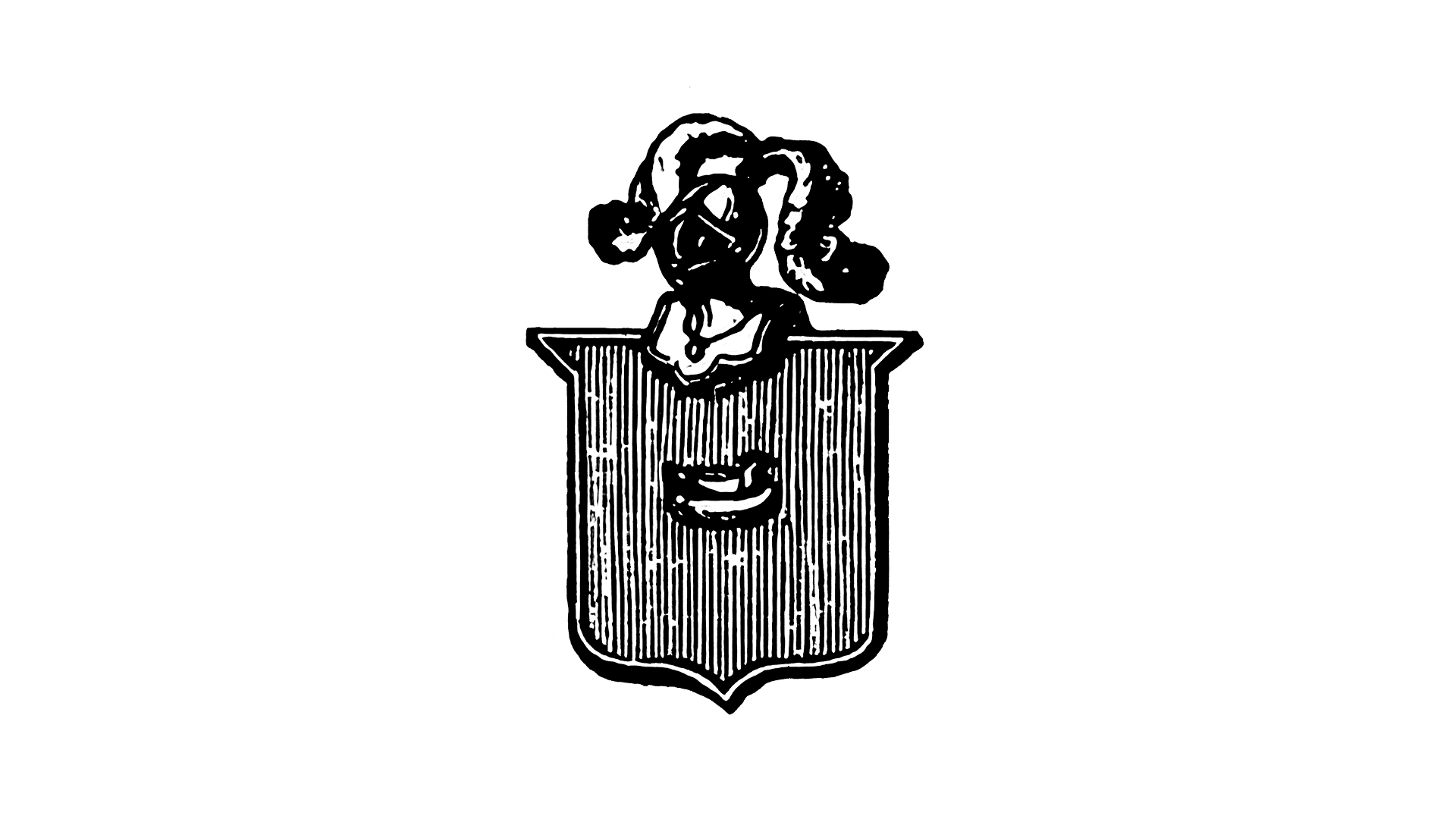
The initial version of the logo of Nestlé incorporated the family crest of the company’s founder, Henri Nestlé. At the heart of the design was a bird in a nest, positioned within the shield. Above this was a knight’s helmet adorned with two lavish plumes.
Henri Nestlé’s merger with the Anglo-Swiss Condensed Milk Company in 1905 catalyzed its growth into a diverse food company. Nestlé’s dedication to nutrition, safety, and quality since its foundation has positioned it as a global leader in the food and beverage industry.
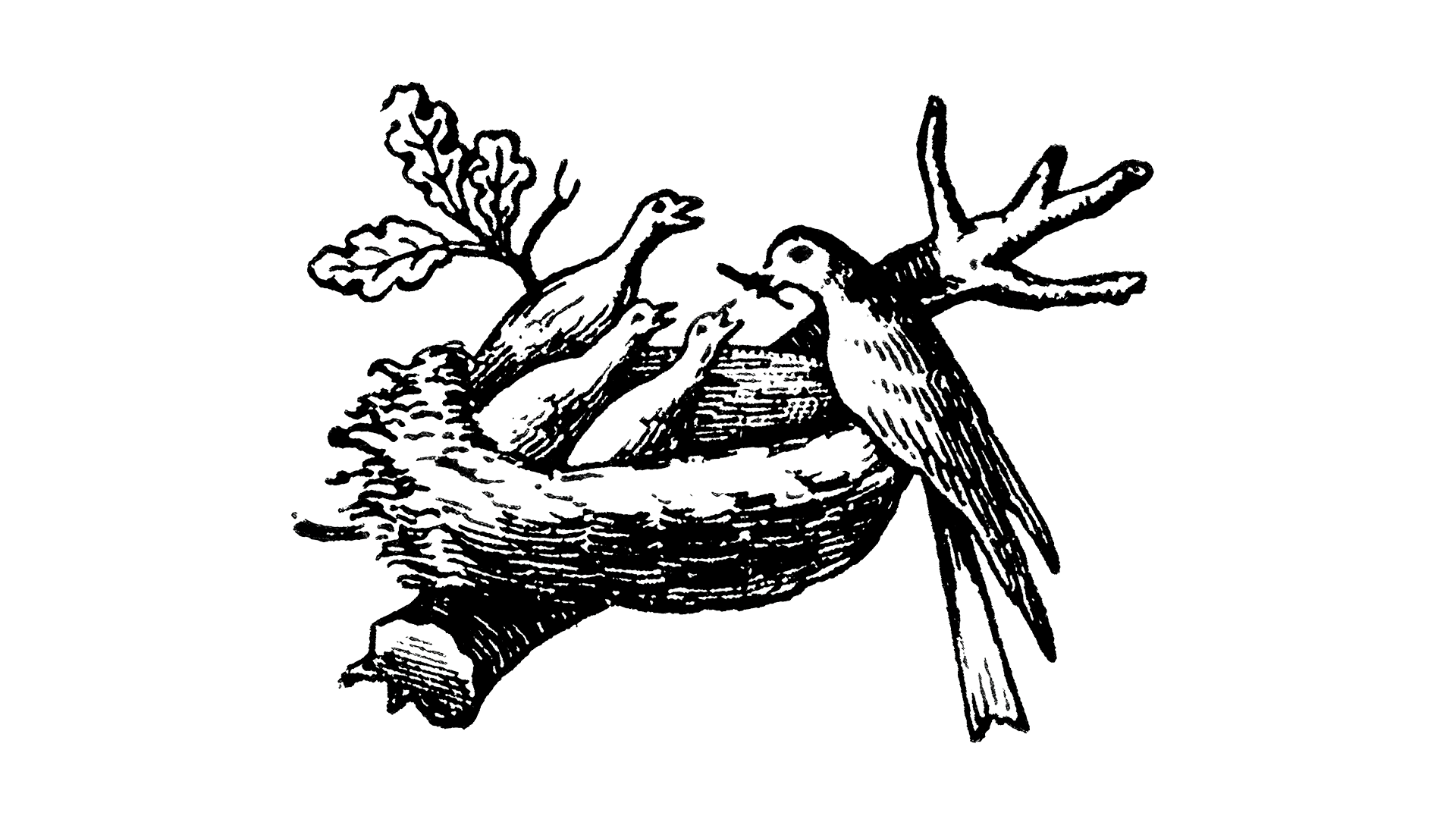
This emblem emerged during the founder’s lifetime and was used for 70 years until it underwent a much-anticipated update. It depicted a nest with three chicks and their mother sitting beside it. This rendition of the logo perfectly encapsulates the company’s core focus – the production of products to nourish infants. According to the owner, the birds represented are thrushes perched on an oak branch.
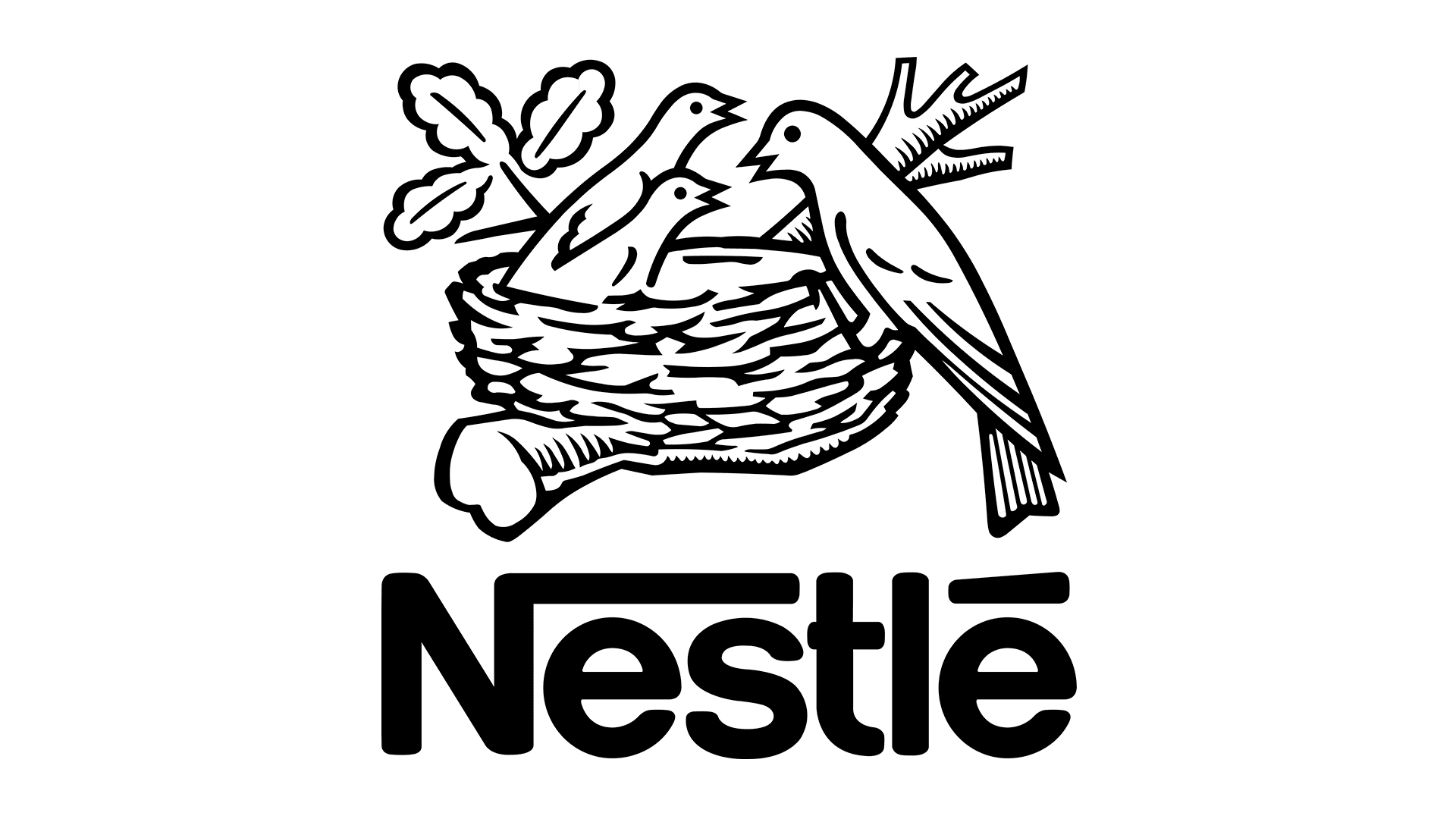
On this new version of the logo, you can see that the brand has removed a baby bird. This is certainly significant in terms of the evolution of Western society, where the average number of children per couple has fallen.
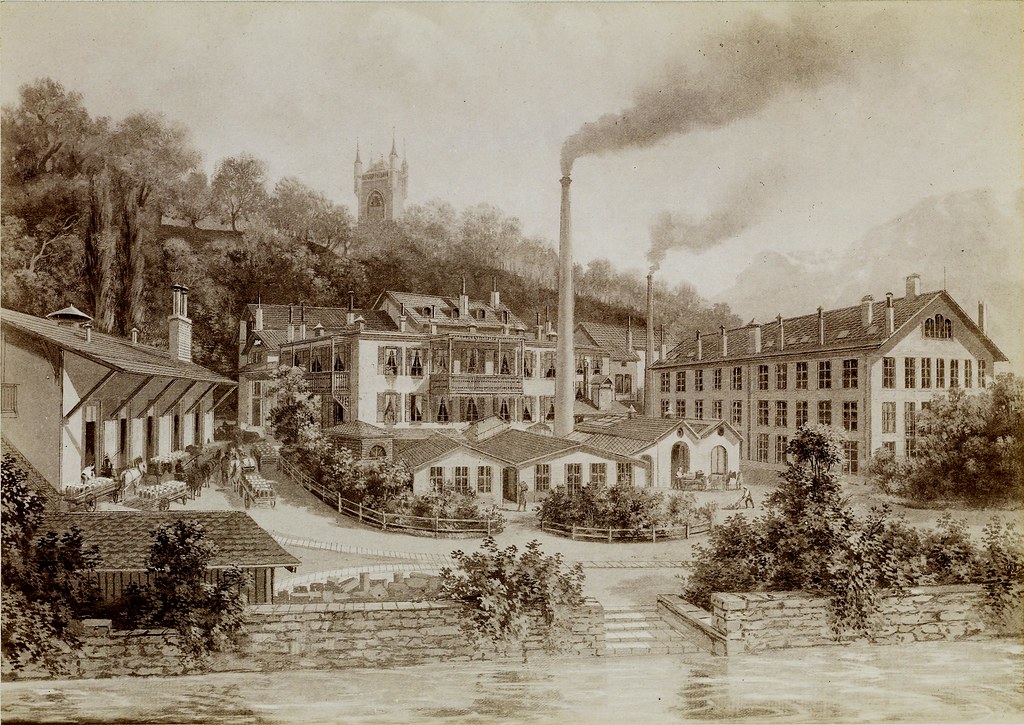
Nestlé factory, Vevey/ CH, ca. 1890
Expanding Global Footprint
Throughout the 20th century, Nestlé acquired a series of companies that diversified its portfolio beyond dairy. Post World War II, the company ventured into new territories, including frozen food, confectionery, and even the cosmetic industry, with the acquisition of L’Oréal in 1974.
Diversification and Brand Acquisition
In recent decades, Nestlé has continued to expand its brand portfolio, including significant acquisitions like Ralston Purina, Gerber, and Atrium Innovations. Each acquisition has brought in a variety of brands under the Nestlé umbrella, further cementing its position in the food industry.
Nestlé has partnered in 2018 with the American group Starbucks, paying $7.15 billion for perpetual rights to market Starbucks consumer and foodservice products outside its stores. The deal, equating to 7.1 billion Swiss francs, provides Nestlé a robust platform for continued growth in North America and enhances its position in premium coffee segments. This strategic move is expected to bolster Nestlé’s earnings per share and organic growth targets from 2019, bringing together three iconic coffee brands: Starbucks, Nescafé, and Nespresso, and adding around 500 Starbucks employees to Nestlé. The transaction excludes ready-to-drink products and sales in Starbucks coffee shops.
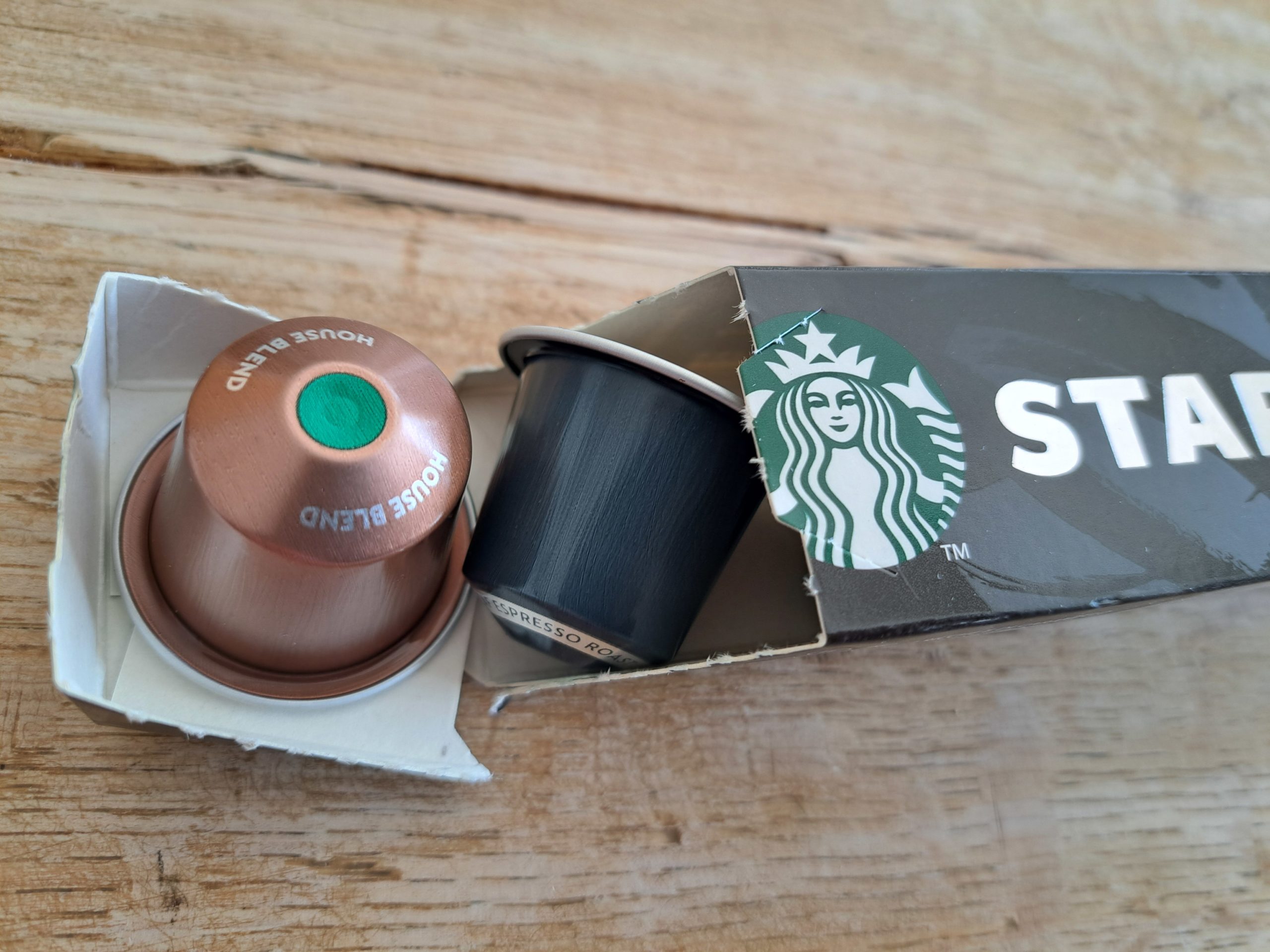
Starbucks by Nespresso – Nestlé
On December 7, 2021, Nestlé finalized the sale of 22.26 million of its L’Oréal shares back to L’Oréal, which will proceed to cancel these shares. Post-transaction, Nestlé’s stake in L’Oréal will stand at 20.1%, with the company continuing its support for L’Oréal’s strategy for value creation. Additionally, Nestlé will maintain its two seats on the L’Oréal Board of Directors.
Nestle SA retains its title as the world’s most valuable brand in the “Food & Drink 2022” report by Brand Finance, which evaluates and ranks the world’s largest brands. With a valuation of $20.8 billion, a significant increase from the previous year, Nestle’s nearly double value over its closest competitor highlights its strategic prowess. The company attributes its success to a decentralized structure and commitment to digital transformation and brand strategy, ensuring resilience and responsiveness in a dynamic market.
Portfolio of Brands: The Nestlé Galaxy
Nestlé’s empire comprises a wide range of products, from baby foods and bottled water to coffee and healthcare nutrition.
Nestlé’s six key global brands — Nestlé, Nescafé, Nestea, Maggi, Buitoni, and Friskies — account for approximately 70% of the Group’s sales, with Nestlé alone contributing about 40%.
Some of its most recognized global brands include:
- Nescafé: A world leader in coffee.
- KitKat: The famous chocolate-covered wafer bar.
- Maggi: A brand synonymous with seasonings and instant soups.
- Purina: One of the leading brands in pet food.
- Nestlé Pure Life: A top-selling bottled water brand.
- Buitoni: Specializes in pizza.
- Cailler: A Swiss chocolate brand.
- Nespresso: Famous for its premium coffee and machines, often recognized by the tagline “What else?”.
- Gerber: A leading brand in baby food and products.
- Stouffer’s: Offers a variety of frozen prepared meals.
- Lean Cuisine: Known for its low-calorie, low-fat frozen meals.
- San Pellegrino: An Italian brand famous for its mineral water and assorted beverages.
- Dreyer’s: A range of ice creams and frozen desserts popular in the United States.
- Libby’s: Offers canned fruits and vegetables, as well as pumpkin and meat products.
- Perrier: A French brand known for its naturally carbonated mineral water.
- Smarties: Colorful sugar-coated chocolate confectionery known worldwide.
- Cheerios: A popular cereal brand, known for its distinctive O-shaped whole grain oats.
- Häagen-Dazs: A premium brand of ice cream known for its rich taste and dense texture.
- Toll House: Famous for its chocolate chips and cookie recipes.
- Carnation: Known for its evaporated milk and milk-based products.
- Alpo: A brand of dog food offering various formulas for nutrition and taste.
- Vittel: A well-known mineral water brand.
- Friskies: Offers a wide range of cat food products.
- Wonka: Famous for its imaginative range of candies and chocolates.
- DiGiorno: Popular for its frozen pizzas that boast a “fresh-baked taste.”
- Milo: A chocolate and malt powder mix that’s often served hot or cold as a beverage.
This is just a glimpse into the vast assortment of products. Nestlé’s strategy involves adapting to local tastes and trends, which has resulted in a rich tapestry of brands, each with its own heritage and loyal customer base.
The Ethical and Corporate Journey
While Nestlé’s journey is one of incredible growth and market dominance, it has not been without its challenges and controversies, ranging from ethical concerns over water usage to debates about health and nutrition in its product range. The company has been making strides in sustainability, aiming to reduce its environmental footprint and improve the nutritional value of its products.
Summary Table of Nestlé
| Aspect | Details |
|---|---|
| Founded | 1866 |
| Founder | Henri Nestlé |
| Headquarters | Vevey, Switzerland |
| Brands | Over 2000, including Nescafé, KitKat, Maggi, Purina |
| Presence | Worldwide in 186 countries |
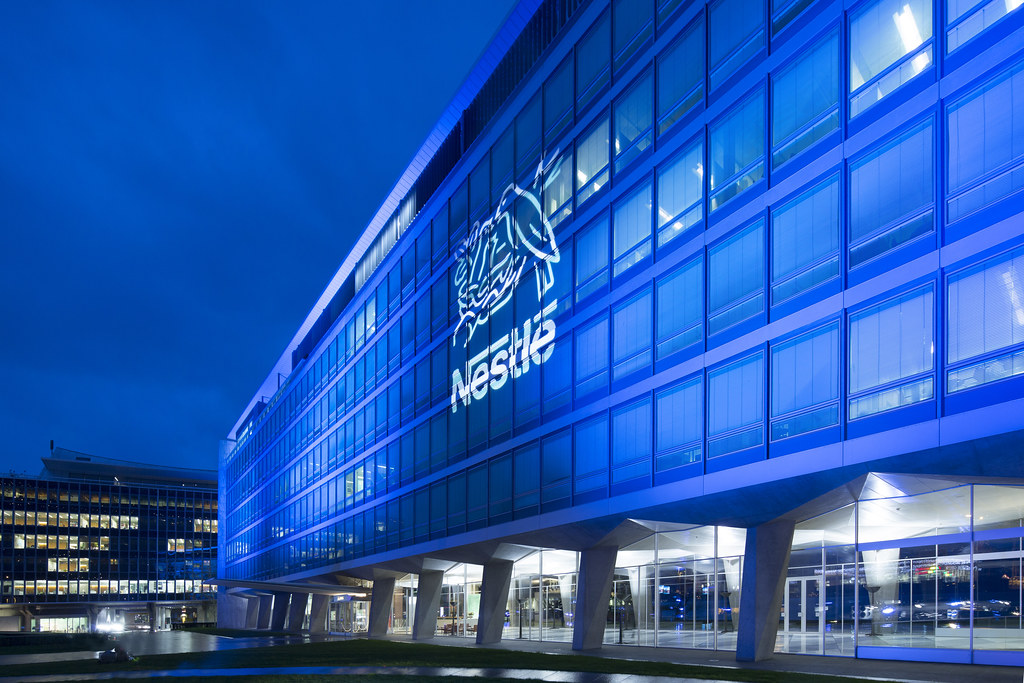
Nestlé Headquarters at Vevey – Switzerland
Nestlé, indeed a Swiss entity, is a multinational corporation operating across 188 countries and adheres to Swiss company law, being listed on the Swiss Stock Exchange. While headquartered in Vevey, Switzerland, with financial reports in Swiss francs and a substantial Swiss shareholder base, it’s noteworthy that only a minor fraction of its sales occur in Switzerland. The majority of Nestlé’s workforce and operations are spread globally, emphasizing its international stature and minimal reliance on its home market for sales.
Conclusion
From its roots as a provider of infant cereal to its status as a global food conglomerate, Nestlé’s journey is a testament to innovation, strategic acquisition, and adaptation to consumer needs. Despite facing challenges and controversies, the company continues to evolve, shaping the food and beverage industry worldwide.
Nestlé
PROS
- Diverse Portfolio: Nestlé's vast array of brands caters to a wide variety of tastes and dietary needs.
- Global Presence: Its products are available worldwide, making it a household name across the globe.
- Innovation Focus: Continuous investment in research and development to refine and create new products.
- Brand Trust: Many of its brands are leaders in their respective categories, earning consumer trust over the years.
- Sustainability Efforts: Increasing focus on reducing environmental impact and promoting ethical practices.
CONS
- Ethical Concerns: History of controversies related to marketing practices, environmental impact, and water rights.
- Health Criticisms: Some products are criticized for their health implications, especially in the context of global obesity.
- Dependency on Packaged Foods: With a focus on convenience, there's a heavy reliance on packaged and processed foods.
- Market Dominance: Its size and influence raise concerns about market competition and consumer choice.
